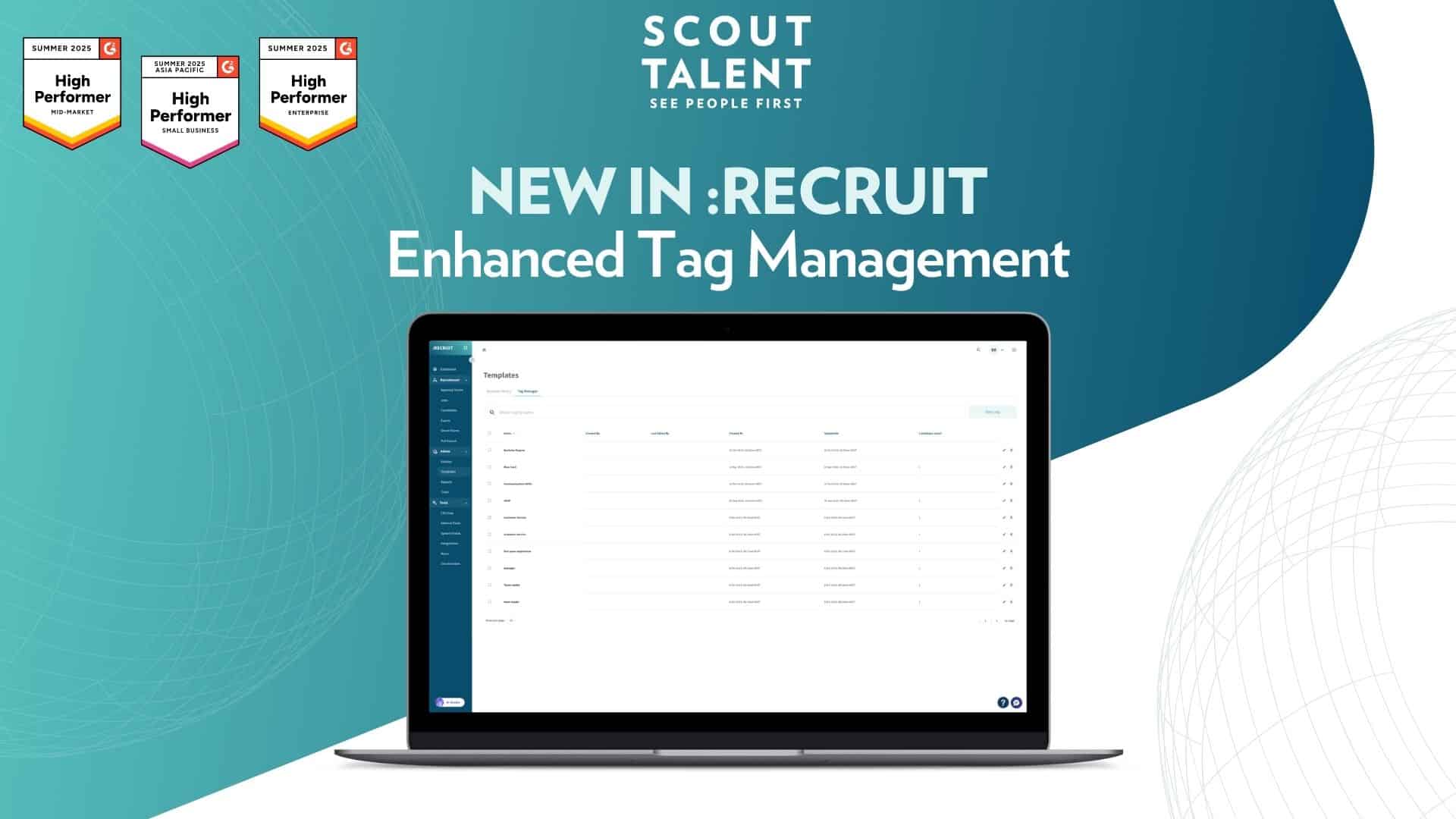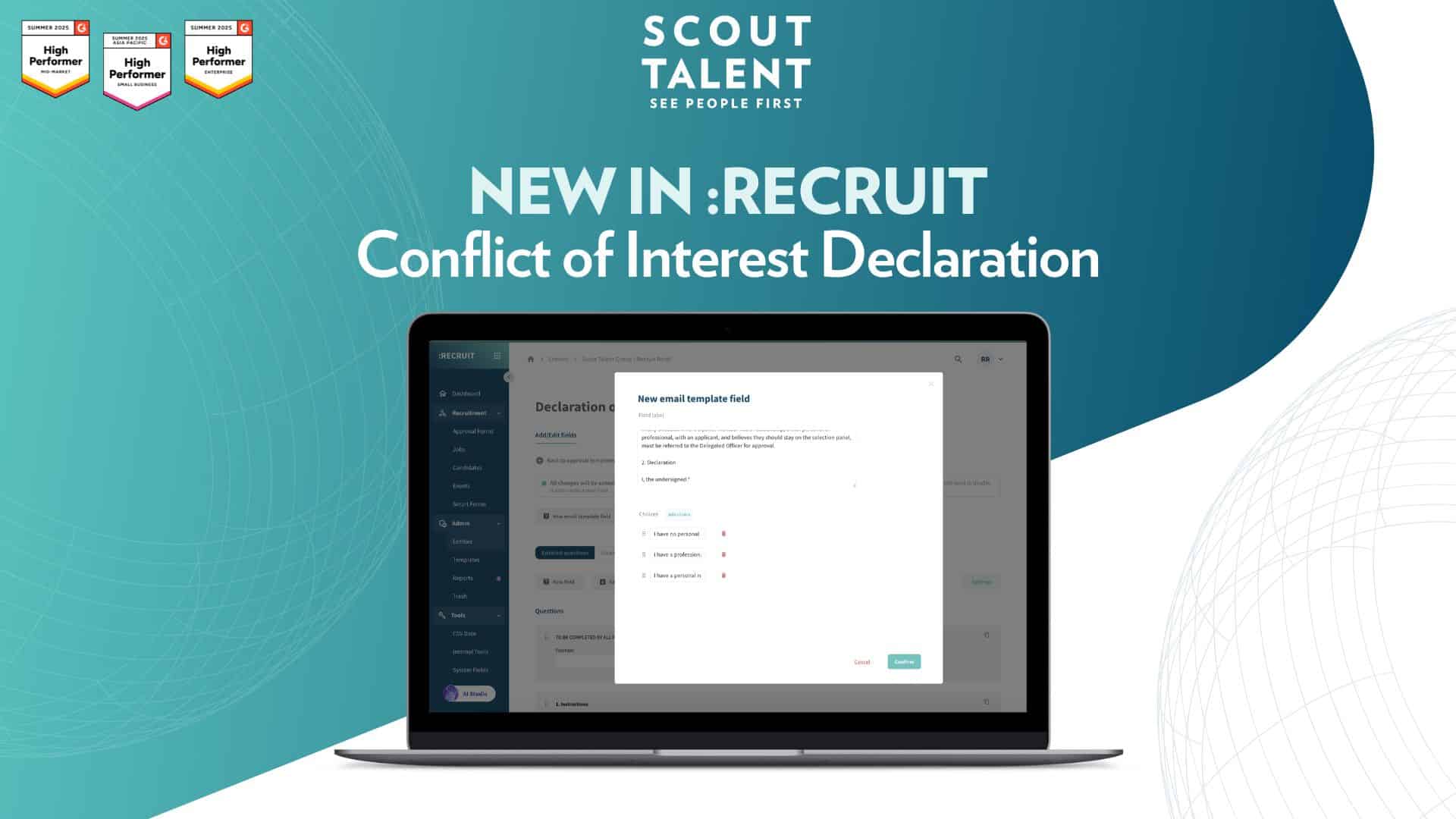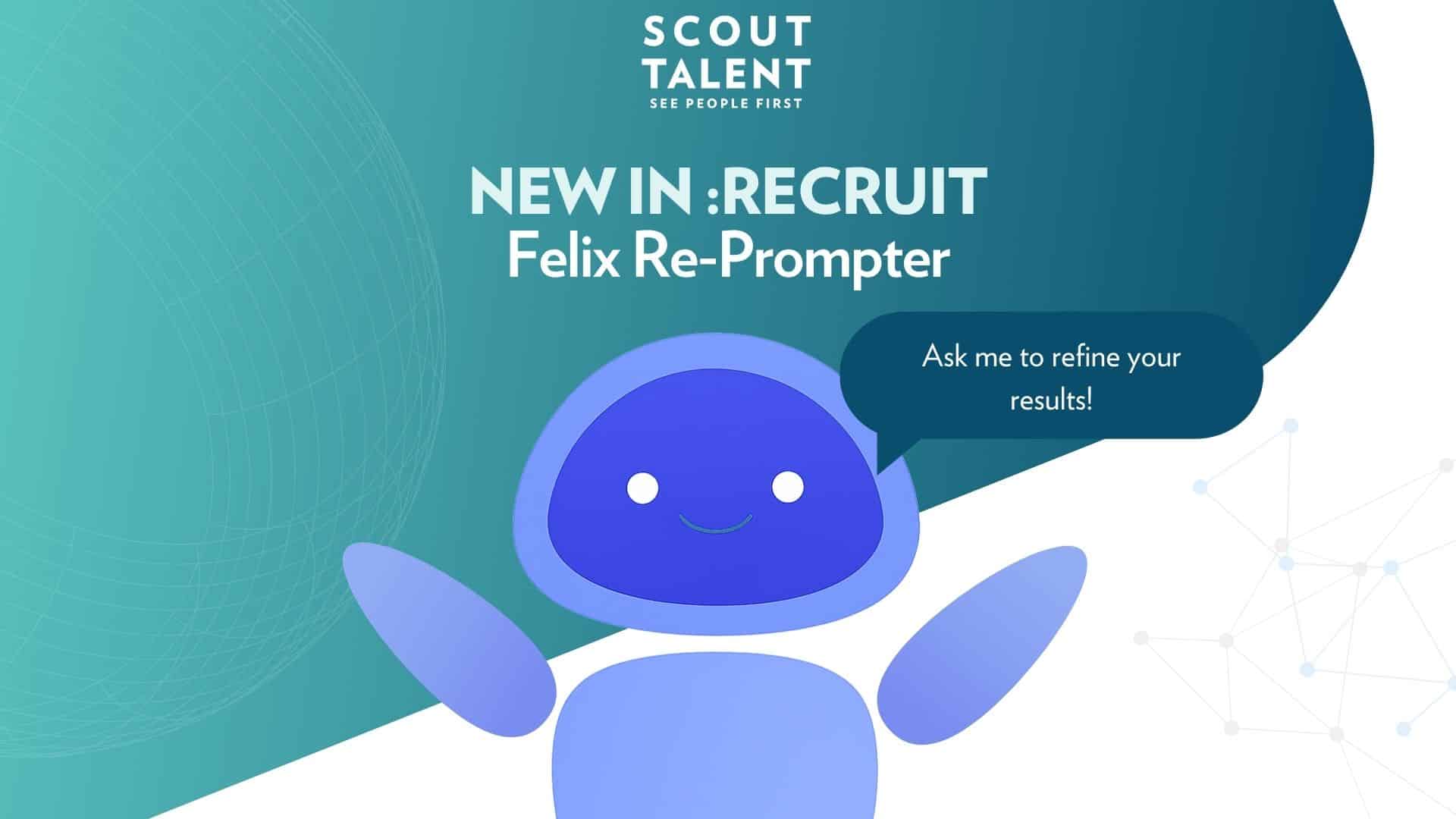The quest for talent has become increasingly competitive, and as organisations strive to attract and retain top talent, they are presented with many challenges. Two of the most common are the many risks and inefficiencies of manual processes consuming excessive time and resources, and the substantial cost associated with relying on recruitment agencies to fill vacancies. As a result, the role of technology in streamlining the recruitment process has never been more important. According to a Forbes article, 92% of HR leaders plan to ramp up their use of automation in at least one area of talent acquisition and people management.
Amidst this trend, one standout recruitment tech that has gained a lot of attention in recent years is the Applicant Tracking System (ATS). An ATS is a recruitment software that automates and centralises the hiring process, enabling HR and talent acquisition professionals to efficiently manage job applications, track candidates, and streamline recruitment workflows all in one place. Recent research shows that 75% of recruiters use an ATS or similar tech-driven tool to review applicants and strengthen the overall candidate experience.
Despite its numerous benefits, such as keeping all the data in one place, saving time by automating repetitive tasks, saving cost on external recruitment agencies, and enhancing employer branding by improving candidate experience, convincing stakeholders to invest in an ATS can be met with objections and challenges. In this blog, we’ll explore some common objections and provide you with the tools to overcome them.
Understanding the 5 Common Objections
When introducing new tools or tech into an organisation, a crucial step is to get buy-in from the stakeholders. To do this, you’ll first need to identify the stakeholders and understand their interests in the proposed tech solution. Then, demonstrate how the solution aligns with the future of the business and how it will provide tangible benefits to all involved.
This is no different when presenting the opportunity to implement an ATS. When organisations are grappling with the inefficiencies of manual processes and the high costs of recruitment agencies, the necessity of a better solution like an ATS becomes evident. However, to secure approval from the executive team, you’ll need to anticipate their reservations and objections and be able to answer all their questions.
How to do this? First, understand the source of the objection and each objective’s importance. Let’s start by reviewing 5 common objections.
- Lack of need: Some stakeholders may not see the necessity of an ATS, especially if they (perhaps incorrectly) believe their current hiring processes are meeting the organisation’s needs.
- Cost concerns: The upfront investment of implementing an ATS can be an obstacle for some, particularly if they are unsure about the return on investment (ROI).
- Resistance to change: Human nature tends to resist change, and implementing new technology can often be met with skepticism and pushback from employees and decision-makers.
- Integration challenges: There may be concerns about the ATS integrating seamlessly with existing HR systems and tools, potentially complicating the adoption process.
- Concerns about ROI: Stakeholders may question whether the benefits of an ATS justify the investment.
Understanding these objections helps to lay the groundwork for creating effective strategies to address and overcome them, paving the way for a successful ATS implementation.
Addressing Objections Head-On
Now that you’ve understood some of the most common objections when it comes to implementing an ATS, let’s tackle each objection head-on and explore strategies to overcome them:
1. Lack of need: To overcome this objection, you’ll need to know all the steps in the recruitment process in your organisation. Conduct an assessment to understand your hiring processes, and note down all the paint points and manual workflows. Outline the inefficiencies uncovered during this assessment and shed light on the risks in your organisation’s manual processes. These risks may include:
- an ineffective, lengthy hiring process,
- the potential loss of top talent due to delayed responses,
- damage to employer branding.
By highlighting these potential pitfalls, you provide stakeholders with a clear understanding of the obstacles your organisation currently faces without an ATS, some of which they might already be aware of.
Then, demonstrate how an ATS can effectively address these challenges by automating workflows and enhancing productivity. Through streamlined operations, reduced time-to-hire, and improved communication with candidates, an ATS offers a solution to optimise hiring outcomes. By presenting concrete examples of how an ATS can alleviate existing pain points, you underscore its capacity to drive efficiency and effectiveness in the recruitment process.
2. Cost concerns: This is a very common objection, often raised by members of the executive team who prioritise financial management. They typically seek transparency regarding where funds are allocated within the organisation. You can leverage this concern to your advantage. For instance, if your organisation currently spends significant resources on recruitment agency fees, highlighting this expense can indicate the potential benefits of implementing an ATS. Similarly, if long and inefficient recruitment processes result in talent loss, this too can be framed within the context of cost concerns.
To justify these points, create and provide a clear breakdown of the current recruitment costs in your organisation. This breakdown should include any expenses related to recruitment agencies, salaries of HR teams, and the time invested in the recruitment process. Utilising our ROI calculator can facilitate this process. This tool allows you to add all the information necessary to help you understand how much is spent on the existing recruitment processes in your organisation, and calculate saving opportunities once the ATS is implemented.
Also, scheduling demos with ATS providers offering flexible contract options is advisable. This approach mitigates the risks associated with committing to longer contracts, allowing stakeholders to explore the ATS’s capabilities firsthand and make informed decisions.
3. Resistance to change: Change is natural when refining processes, but it’s fundamental to make the transition as smooth as possible for everyone involved. It helps to be transparent and communicate the benefits of an ATS to all stakeholders and employees involved in this change, along with addressing concerns proactively. Recognise that different individuals will have distinct needs and priorities: for example, an IT manager may prioritise data safety and security measures, while executives may focus on cost and ROI considerations, and recruiters may seek clarity on how their day-to-day activities will be impacted. By addressing the concerns of each person in the room, you increase the likelihood of getting buy-in across the board.
Additionally, offering training and ongoing support is essential to ensure a seamless transition. Providing employees with the necessary skills and knowledge to utilise the ATS effectively fosters confidence and encourages them to embrace change. By empowering individuals to adapt to the new system, you facilitate a smooth transition and pave the way for successful implementation.
4. Integration challenges: When implementing new technology, consider the tools you’re already using and how the introduction of the new system will impact them. Prioritise selecting an ATS that’s compatible with and capable of integrating with software and tools in use within your organisation. This ensures a smoother transition and minimises disruptions to existing workflows. Plus, it’s important to keep in mind the post-implementation support needed for your team to address any potential challenges or issues that may arise during the integration process.
5. Concerns about ROI: This is also a very common objection among stakeholders and members of the executive team. Executives are not only concerned with the immediate costs associated with ATS adoption but also with the sustained benefits and value generated over time. As highlighted in the section addressing “Cost Concerns”, leverage the ROI calculator to present data-driven projections, demonstrating the potential ROI of integrating an ATS. This will help you address questions about the current distribution of expenses in the HR and recruitment sector and how it will improve both in the short term and the long term once the ATS is implemented.
What’s Next – Build Your Business Case for an ATS
Now that you’ve understood the common objections and how to address them effectively, it’s time to consider the next steps in the process of implementing an ATS in your organisation. Most companies require a business case in order to approve new software or product adoption. To support you in creating your business case, use our free guide ‘How to Build a Business Case for an ATS’. This resource offers a comprehensive framework for implementing this new technology in your organisation. Learn to craft a compelling business case tailored to your needs, ensuring stakeholder buy-in and revolutionising your hiring strategy.




